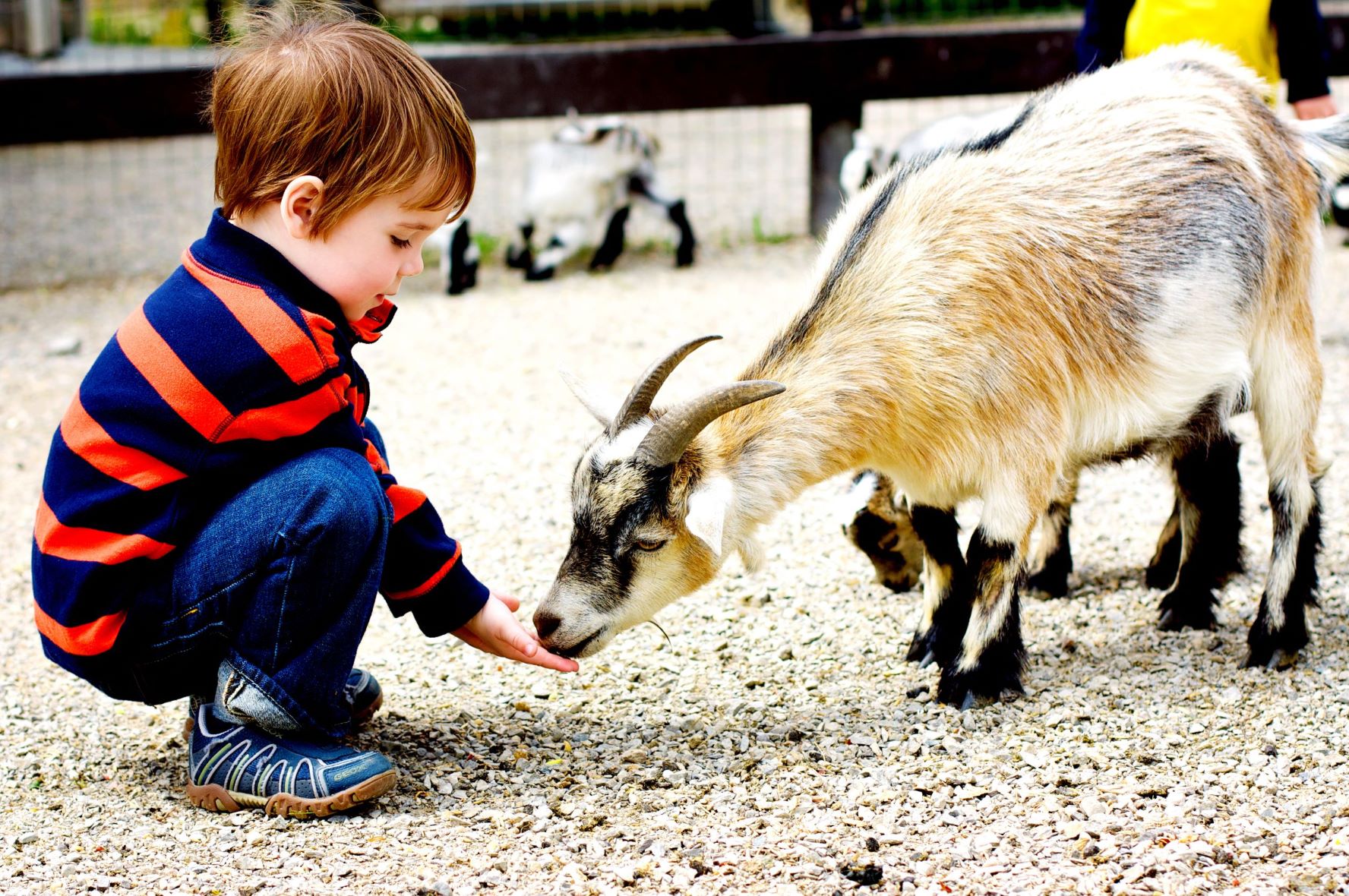Petting zoo guideline and poster

Handwashing is important after touching animals
A ‘petting zoo’ is the term used to encompass events, open farms or premises where animals are made available for direct or indirect contact with members of the public. They include
- animal nurseries
- zoos
- friendship farms
- wildlife parks
- wildlife sanctuaries
- nature education centres
- travelling farms or animal troupes, including circuses
- agricultural shows(and field days)
- mini-farms and animal nurseries at schools
- animal exhibits held at shopping centres
Petting zoos can transmit zoonoses from animals to patrons if simple infection control practices are not followed.
Zoonoses are diseases that can be transmitted from animals to humans. Animal sources of zoonoses reported in Australia include cattle, sheep, horses, pigs, dogs, cats, chickens, turkeys, birds, kangaroos, rodents, reptiles (including turtles and tortoises), fish, crustaceans and bats.
Zoonoses can be transmitted through direct contact with animals, e.g. bites, scratches, or through indirect contact, e.g. with their faeces, urine, saliva, blood, respiratory secretions, birth products, carcasses or surfaces contaminated with these materials.
Fleas, mosquitoes and ticks can also transmit zoonoses indirectly.
The Petting Zoo Guideline (PDF 2.43 MB) outline the steps petting zoo operators can take to minimise public health risks.
Handwashing after handling animals poster
The Handwashing after handling animals poster (PDF 368KB) can be used by petting zoo operators to encourage patrons to wash their hands thoroughly after touching animals.
Last reviewed: 22-07-2022
Produced by
Environmental Health Directorate